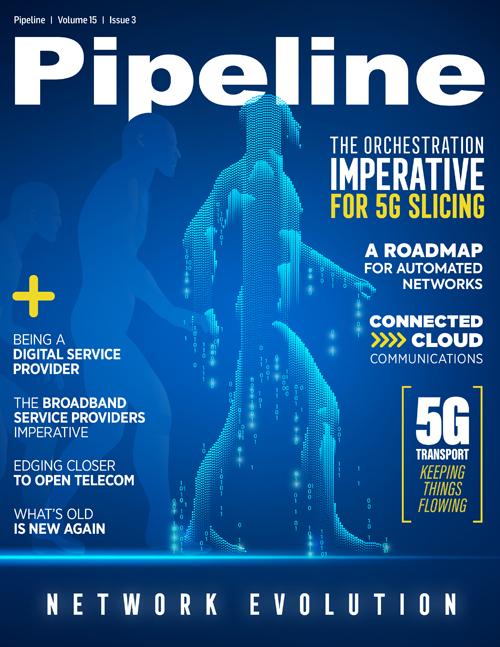The Broadband Service Providers Imperative
By: Raj Singh

Broadband providers—especially those with legacy copper networks and cable networks—are overwhelmed by the pace at which revenue is dissipating. Over the top (OTT) service offerings have hit full force, attacking every fundamental service that exists except for the “pipe” to the consumer’s premises. Simply put, voice, video, long distance, international, conferencing services, video sharing, and more, all of which have traditionally been the domain of the service provider, are no longer safe. The reality is that many of the folks disrupting the service providers’ traditional business are leveraging service provider assets and providing services that were traditional to the service provider with new business models. These new business models transcend the boundaries of the service providers, offering worldwide opportunities.
Service providers need to dramatically reduce their operating costs and find new revenue streams. One new revenue model is differentiated services—Pipes with Priorities. First, let’s talk about operational challenges and how to reduce costs.
Legacy networks are run by large teams, made up of technicians and customer support representatives with large investments in OSS/BSS and automation software systems with large IT and support teams. Over the years, the OSS/BSS systems have evolved to consist of many layers and blocks of software provided by a multitude of vendors. The sunk cost of a deployment is in the multimillion dollar range and any thought of change or re-architecture is daunting. Those with courage to step out to try to re-architect or migrate to a new vendor offering are often humbled by the complexity of the network and the intricacies of its interconnections.
Pipes with Priorities is an area that offers hope in creating new revenue services. And, it is key for service providers to investigate. We believe that this can happen with improved and effective use of Wi-Fi, which has become the default distribution point for bandwidth in the home. While it may not be possible to expend the capital to deploy giga-speed networks everywhere, effective delivery over Wi-Fi networks can lead to enhanced customer experience—and can be a differentiator.
Thus, in order to remain relevant, the focus areas for a broadband service provider are:
- Be operationally nimble and reduce cost to match the new revenue reality.
- Maximize the effectiveness of bandwidth provided to the consumer, thus creating the possibility of Pipes with Priorities.
Operational Cost Containment:
The first goal of any broadband provider is to contain costs. As services dissipate faster than new ones can be added, and the markets drive the service providers to become the providers of “pipes,” it is imperative that operating costs be controlled.
In our estimation, service providers have service churn in their customer base of 20 to 50 percent per year. This churn includes changing service, modifying bandwidth, moving addresses, and deleting and/or adding services. These touchpoints lead to a lot of activity through the OSS/BSS for orchestration and provisioning. If this churn is not managed well, it can lead to customer dissatisfaction. In addition, most of these changes are done in “batch mode,” meaning they are processed overnight. This lag in updates leads to other uncertainties concerning the customer, including tasking them to validate whether the service request was processed successfully.





















